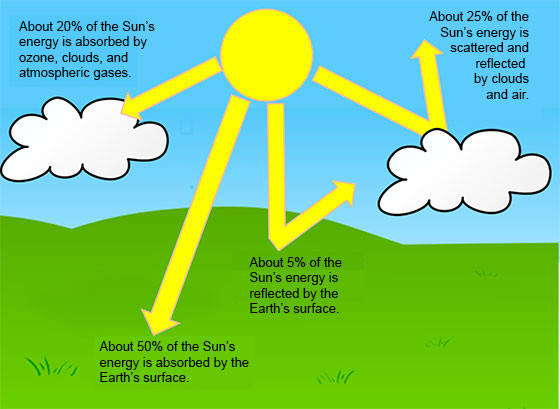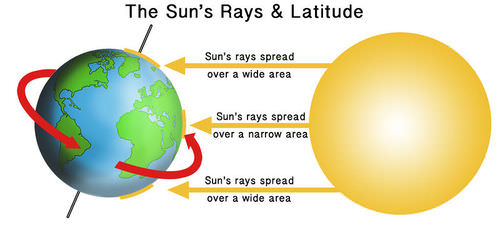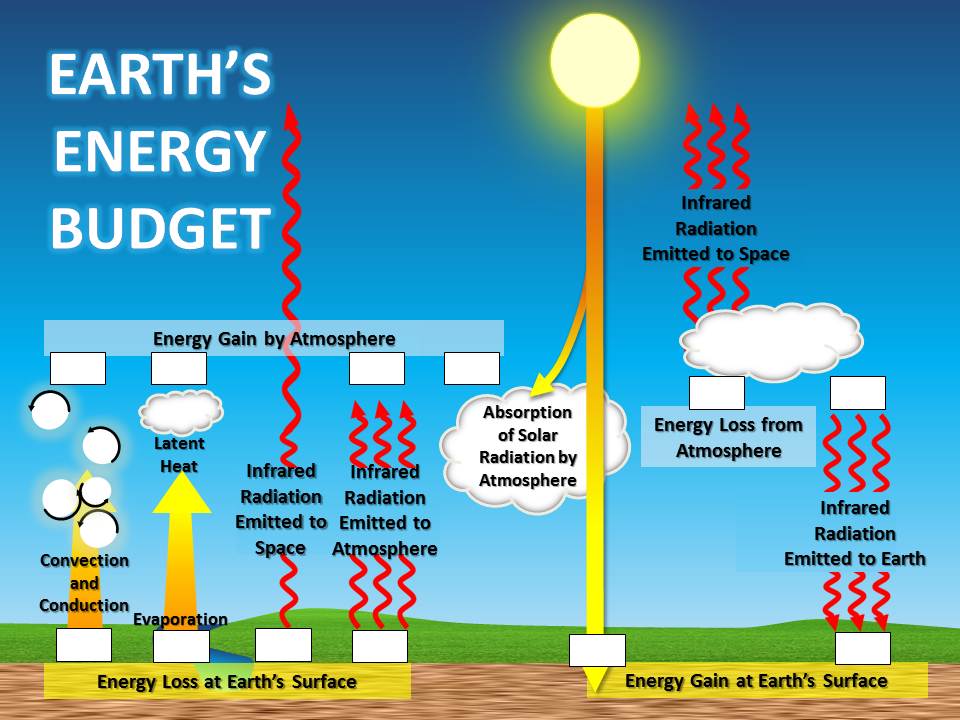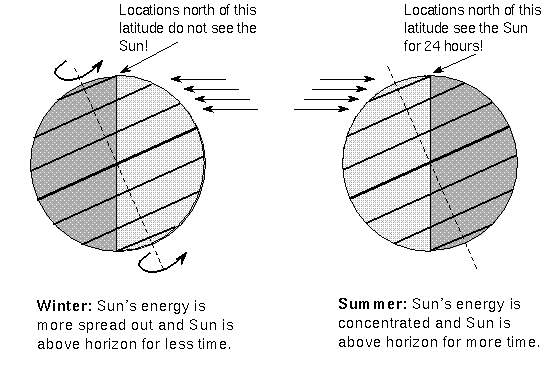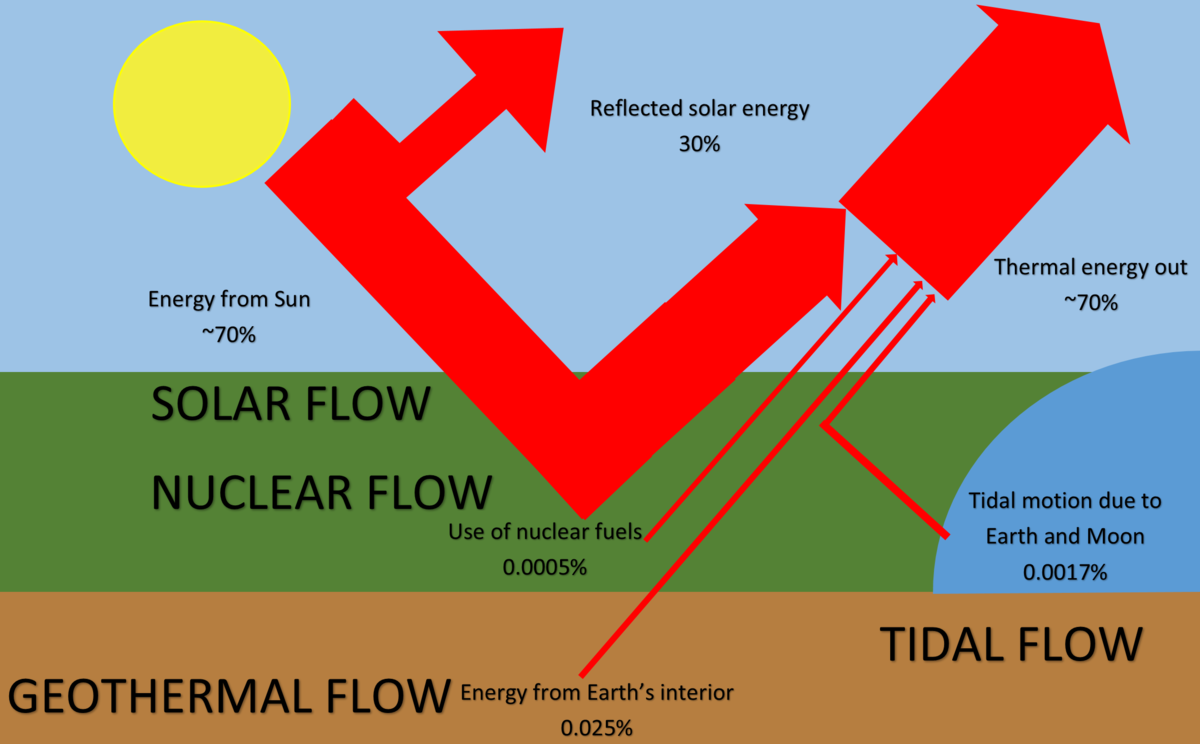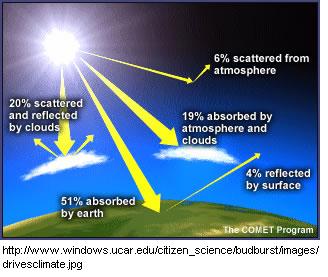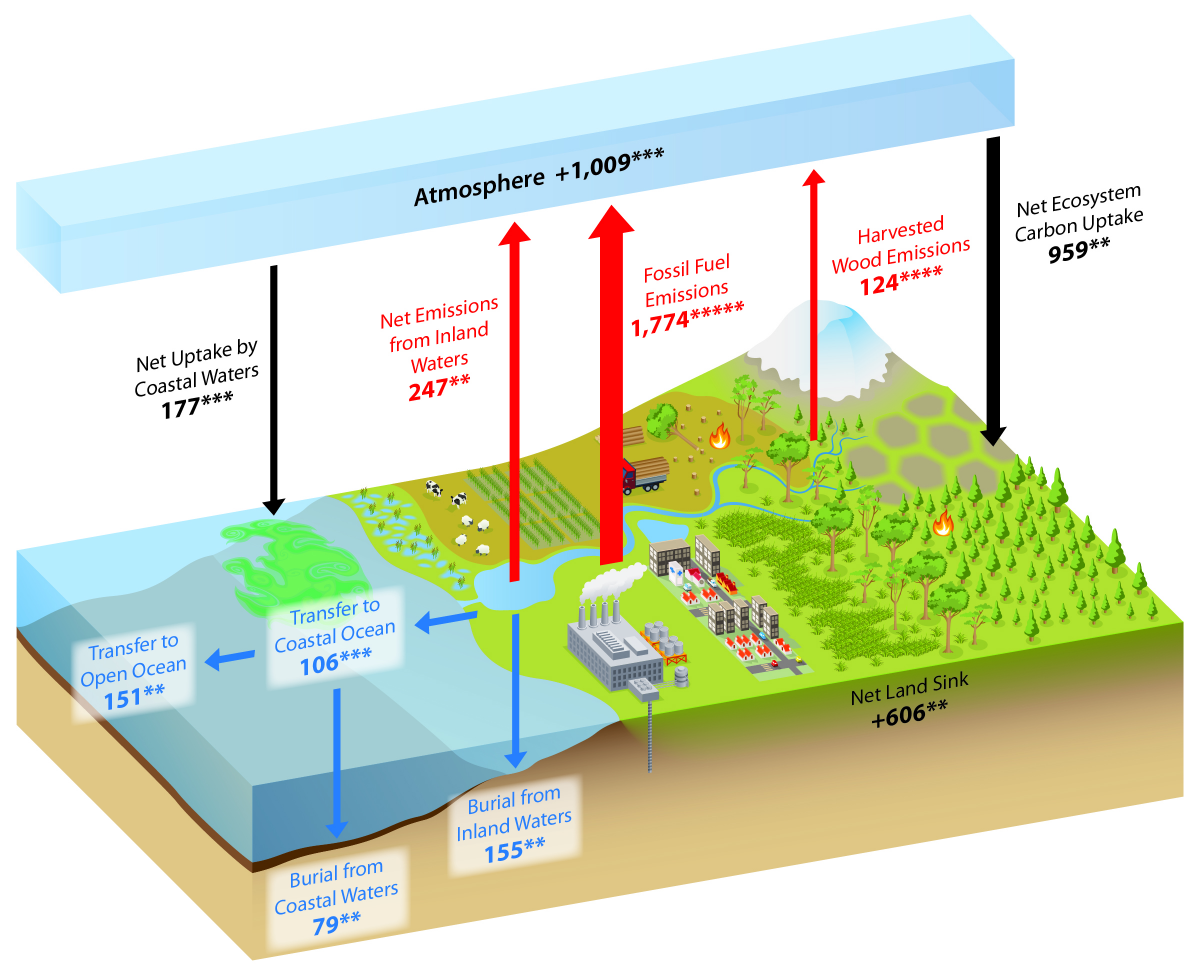The Sun S Energy Drives Which Of The Following Processes

For example think of how a puddle following a rainstorm keeps a sidewalk cool until it is completely dried by the sunshine.
The sun s energy drives which of the following processes. Energy transfer can be thought of as a the driving force of the earth system. Energy from the sun heats earth s surface warms the atmosphere provides energy for photosynthesis causes evaporation drives the weather and water cycles and powers the ocean currents. What are the two sources of energy for the earth system. Solar energy drives many surface processes such as winds currents the hydrologic cycle and the overall climate system.
Warm air is less dense so it rises. A volcanic eruptions b earthquakes c weather and ocean circulation d mountain building. In the astronaut photograph at right taken from the international space station you can see the sun setting through the atmosphere. Start studying sun earth system.
Convection drives the gulf stream and other currents that turn over and mix up the waters in the world s oceans. The rate of energy coming from the sun changes slightly day to day. The process of mineral formation from magma is called. Most of the energy in the earth system comes from just a few sources.
Solar energy gravity radioactive decay and the rotation of the earth. The sun warms the atmosphere and drives convection currents because answer choices. The suns energy drives which of the following processes. The sun warms the planet drives the hydrologic cycle and makes life on earth possible.
C weather and ocean circulation. The sun s energy drives the climate system. This process repeats until the air in the room is evenly heated. The sun s energy heats up the land faster which makes the air above it warmer.
Cold polar water is drawn down from higher latitudes and sinks to the ocean bottom pulled down toward the equator as lighter warmer water rises to. The incoming solar radiation is being used to drive the process of evaporation. A evaporation b precipitation c crystallization d melting. Through the process of latent heating energy is transferred into the atmosphere when the water vapor condenses during the formation of clouds.
Weather and ocean circulation. The sun s energy drives which of the following processes. The amount of sunlight received on earth s surface is affected by the reflectivity of the surface the angle of the sun the output of the sun and the cyclic variations of earth s orbit around the sun. Learn vocabulary terms and more with flashcards games and other study tools.
The sun releases energy at a mass energy conversion rate of 4 26 million metric tons per second which produces the equivalent of 384 6 septillion watts 3 846 10 26 w.
